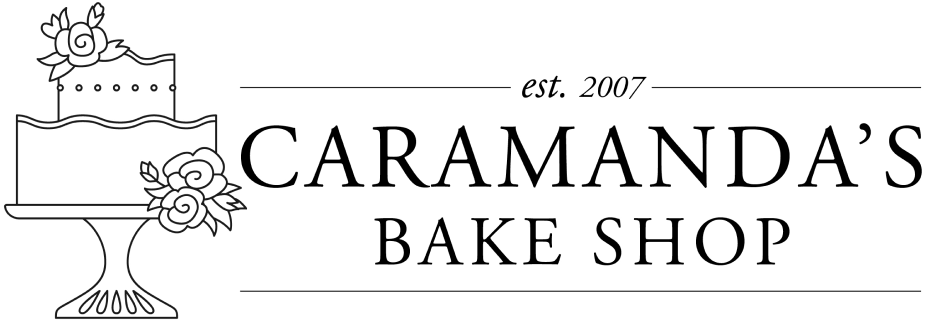
Icing vs. Frosting: What's the Difference?
Share
While the terms "icing" and "frosting" are often used interchangeably, there are subtle differences between the two. Here’s a quick breakdown:
Icing
Icing is typically thinner and more liquid than frosting. It has a smooth, glossy finish and is often used to glaze cakes, donuts, or pastries. It can harden as it sets, making it ideal for intricate decorations and designs. Common icings include royal icing (made with egg whites) and glaze icing (made with powdered sugar and water or milk).
Best For: Drizzling, glazing, or decorating cookies and cakes with a smooth, shiny finish.
Frosting
Frosting is thicker, fluffier, and typically made with butter, powdered sugar, and cream. It’s spreadable, making it perfect for covering cakes or cupcakes. Frosting is also more stable and holds its shape better than icing, which makes it ideal for piping detailed decorations.
Best For: Spreading on cakes, cupcakes, or cookies for a thick, creamy finish.
In short, icing tends to be thinner and more decorative, while frosting is thicker and used for spreading and decorating. Both are delicious, but choosing the right one depends on the look and texture you want for your dessert!
